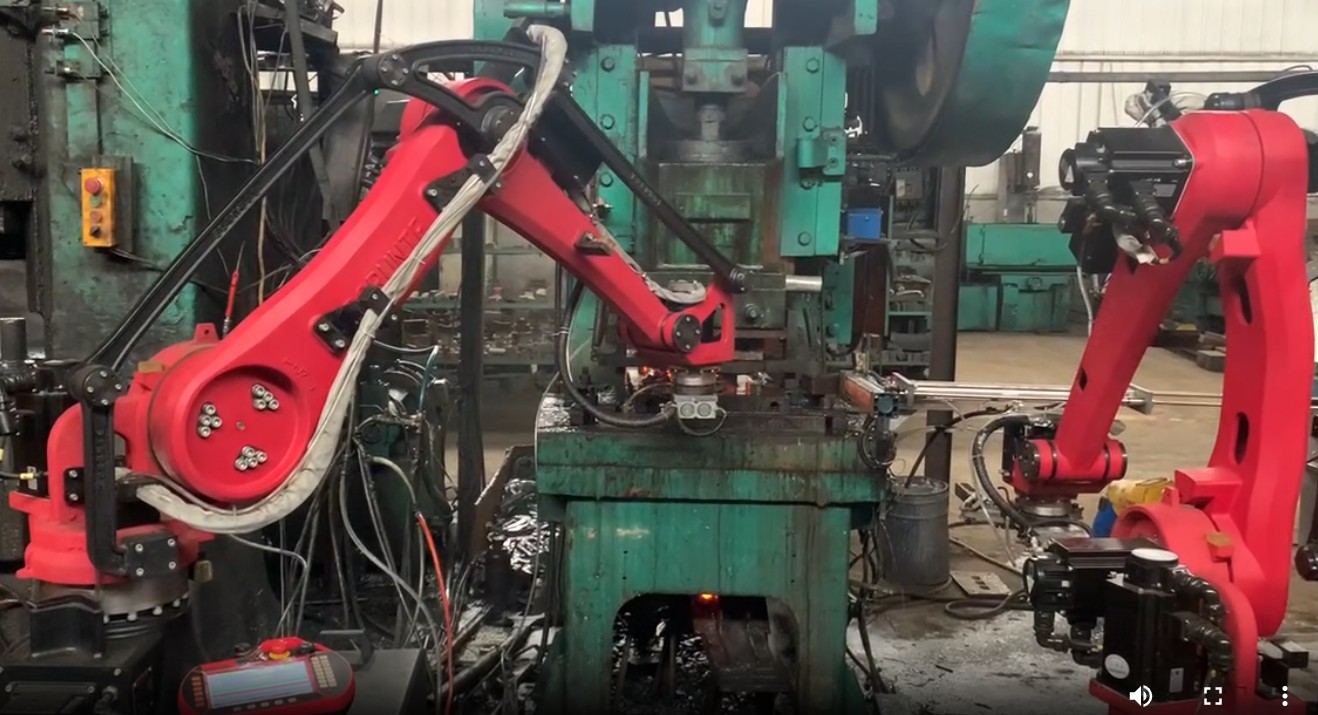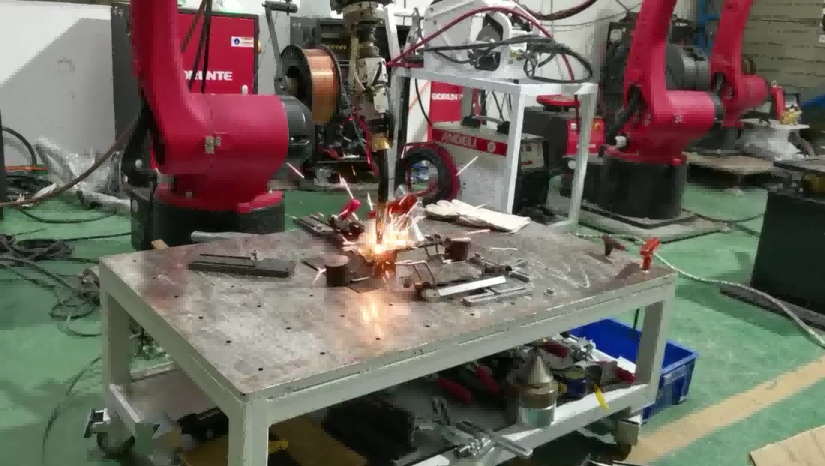1、 What are the precautions for installing an automated production line?
During the installation process of an automated production line, it is important to pay attention to the following aspects:
1. Preparation before installation: Ensure that the equipment has been properly disassembled as required, prepare the necessary tools for installation, and check if the installation position meets the requirements.
2. Installation steps: Place the device in the installation position and adjust it according to the specified size; Check the power cord, ensure that the circuit is correct, and connect the power interface to the device; Check the control line to ensure correct connection; After installation, conduct debugging and testing to ensure that the equipment operates normally; Install software according to user requirements.
3. Safety precautions: During the installation process, attention should be paid to safety and ensure that the installation position meets the requirements.
4. Debugging and testing: After installation, the equipment should be debugged according to user requirements and tested to ensure normal operation.
5. Clean environment: After the equipment installation is completed, the installation site should be cleaned to ensure a clean environment.
6. Equipment usage instructions: After installation, you should be familiar with the equipment usage instructions to ensure correct use of the equipment.
In addition, during the installation process of the assembly production line, the following points need to be noted:
1. Plane layout: The plane design of the assembly production line should ensure the shortest transportation route for parts, easy operation for production workers, convenient work for auxiliary service departments, the most effective use of production area, and consider the interconnection between the installation of the assembly production line.
2. Work site arrangement: The arrangement of work sites should comply with the process route. When a process has two or more work sites, the arrangement method of work sites for the same process should be considered.
3. High altitude operations and ladder use: When conducting high-altitude operations, protective equipment such as ropes or lifelines should be equipped. When using a ladder, relevant regulations should be followed to ensure that the ladder is securely fixed and supervised by a dedicated person.
4. Chemical and environmental requirements: When using chemicals, it is necessary to follow the chemical control procedures of the customer and contractor, and fill out the "Application Form for the Use and Storage of Foreign Chemicals". Empty chemical containers and chemical waste must be handed over to qualified suppliers for disposal.
5. Safety signs: The construction site must be marked with signs to prevent unauthorized personnel from entering the site.
6. Personal safety and fire protection: The parking of equipment, materials, etc. must be approved by the client contractor coordinator
The above are some precautions for the installation of automated production lines, which need to be operated according to specifications to ensure the normal operation of the production line.

2、 Why combine visual systems with robots?
Combining visual systems with robots is an important means of enhancing robot functionality, improving production efficiency, and enhancing product quality in modern automated production. Here are several main reasons:
1. Precise positioning and navigation:
Machine vision can provide real-time image information to help robots accurately locate the position, orientation, and posture of target objects, thereby achieving precise grasping, assembly, and other operations.
2. Testing and Quality Control:
The visual system can perform high-precision product inspection, including size measurement, appearance defect inspection, etc., to ensure the consistency and stability of product quality, and avoid errors and misjudgments caused by manual inspection and fatigue.
3. Adaptability and flexibility:
Machine vision enables robots to handle multiple types or irregularly arranged workpieces, enhancing the adaptability of production lines to different product specifications and random positional changes.
4. Identification and Tracking:
Able to quickly read characteristic information such as barcodes, QR codes, or color labels for tracking the process status of components or products, achieving material management and traceability.
5. Non contact measurement:
Through image analysis for non-destructive measurement, it is suitable for products or surfaces that cannot be directly touched, preventing damage to the product while improving the speed and accuracy of data acquisition.
6. Improve efficiency and reduce costs:
Robots using machine vision technology can work continuously, reducing downtime caused by manual intervention, lowering labor costs, and improving overall production efficiency and capacity.
In summary, the application of machine vision systems has significantly improved the intelligence level of industrial robots, enabling them to undertake more complex and diverse tasks in modern manufacturing.

Post time: Nov-06-2024








